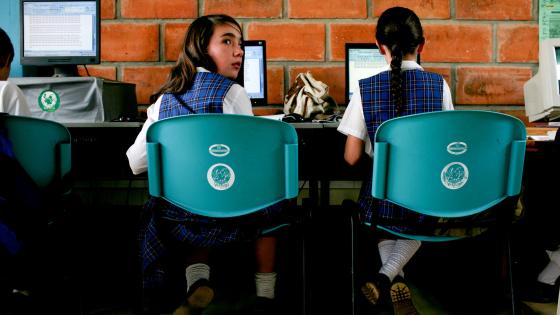DP1345 Matching, Heterogeneity and the Evolution of Income Distribution
This paper presents a model in which firms and workers must engage in costly search to find a production partner. In this setting the skill, job and wage distributions and their evolutions are endogenized. The presence of search frictions implies that there are two redistributive forces in the labour market. The first is mismatch relative to the Walrasian economy; skilled workers tend to work with lower physical to human capital ratios, thus the gap between skilled and unskilled workers is compressed. The second is the opportunity cost effect; because the opportunity cost of accepting an unskilled worker is higher for firms, unskilled wages are pushed down. These forces lead to a non-ergodic equilibrium process for wage and income inequality. The model also predicts that increasing wage inequality is more likely to arise in economies with less frictional labour markets, less redistributive taxation and less public schooling. These predictions are in line with the diverse cross-country patterns that we observe. Finally, the paper predicts that, as is largely the case in the US data, between-group and within-group wage inequality should move in the same direction.


